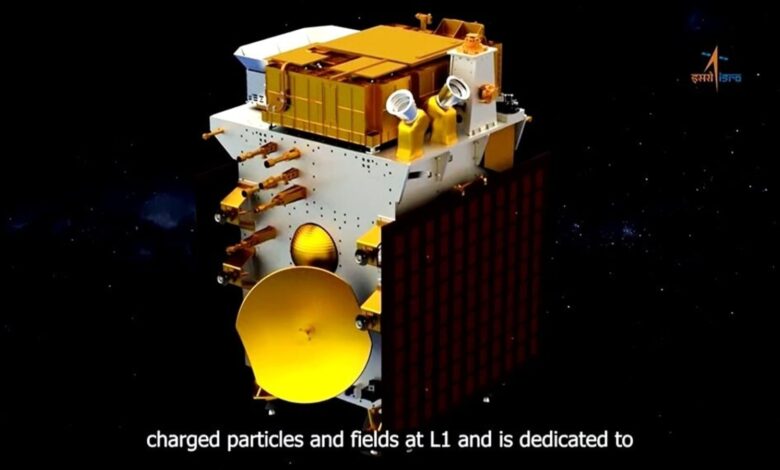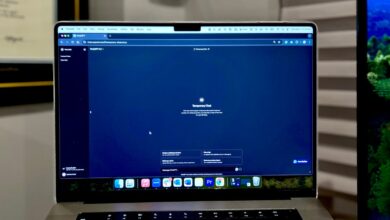Aditya-L1 mission: Not just India, Japan and China too have their solar missions

In a significant stride towards unravelling the mysteries of our star, India recently marked its entry into solar exploration with the launch of Aditya-L1 mission on September 2. This spacecraft, having executed a Trajectory Correction Maneuver on October 6, is now en route to the Lagrange point L-1, situated 1.5 million kilometres away from the Earth and facing the Sun. Aditya-L1 mission aims to delve into the real-time effects of the Sun on space weather. India is not alone in venturing into the realm of solar missions; other countries have embarked on similar endeavours like Japan, China, Japan and more.
Japan
Back in 1981, Japan initiated its solar exploration journey with the launch of the Hinotori (ASTRO-A) satellite, focusing on studying solar flares. Since then, Japan’s space agency, JAXA, has conducted multiple solar missions, including Yohkoh (SOLAR-A), Solar and Heliospheric Observatory (SOHO) in collaboration with NASA and ESA, Transient Region and Coronal Explorer (TRACE) with NASA, and Hinode (SOLAR-B) in 2006.
United States
As a pioneer in space exploration, NASA has actively pursued solar missions. From the collaborative SOHO mission in 1995 to the groundbreaking Parker Solar Probe in 2018, which achieved the historic feat of ‘touching’ the Sun after three years, NASA continues to lead in solar research. Their missions include Advanced Composition Explorer, Solar Terrestrial Relations Observatory, Solar Dynamics Observatory, and the Interface Region Imaging Spectrograph (IRIS).
Europe
The European Space Agency (ESA), in collaboration with NASA and JAXA, has played a crucial role in solar exploration. The Ulysses mission in 1990 and the Project for On-Board Autonomy-2 (Proba-2) mission in 2001 are notable contributions, focusing on studying the Sun’s environment above and below its poles.
China
The Advanced Space-based Solar Observatory (ASO-S), launched by the National Space Science Center, Chinese Academy of Sciences (CAS), in October 2022, marks China’s foray into solar exploration. Dubbed Kuafu-1, this spacecraft aims to unravel the Sun’s magnetic field’s role in phenomena like coronal mass ejections and eruptions.




